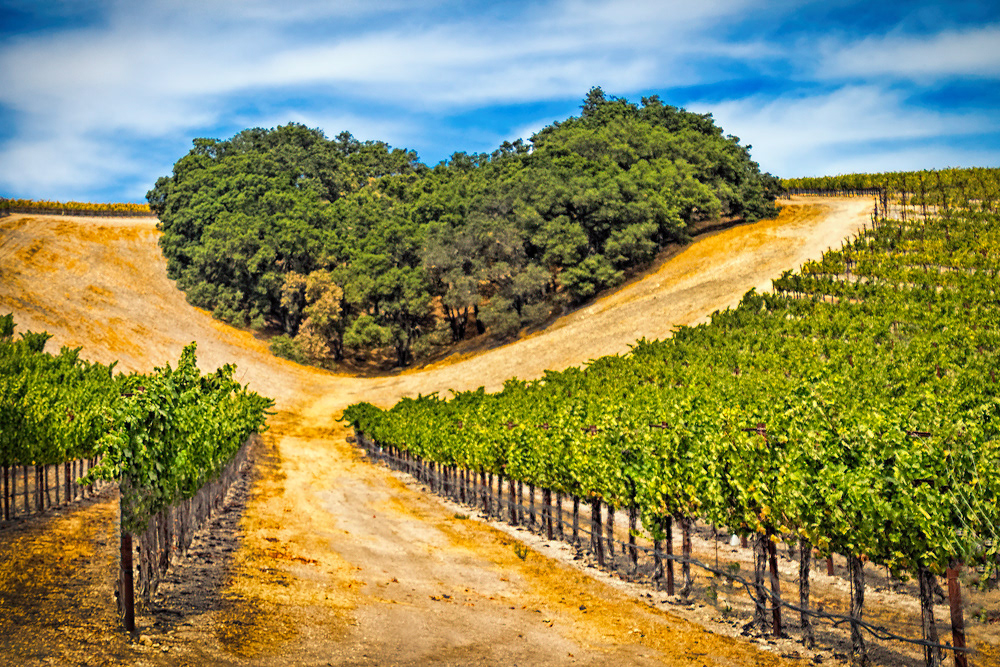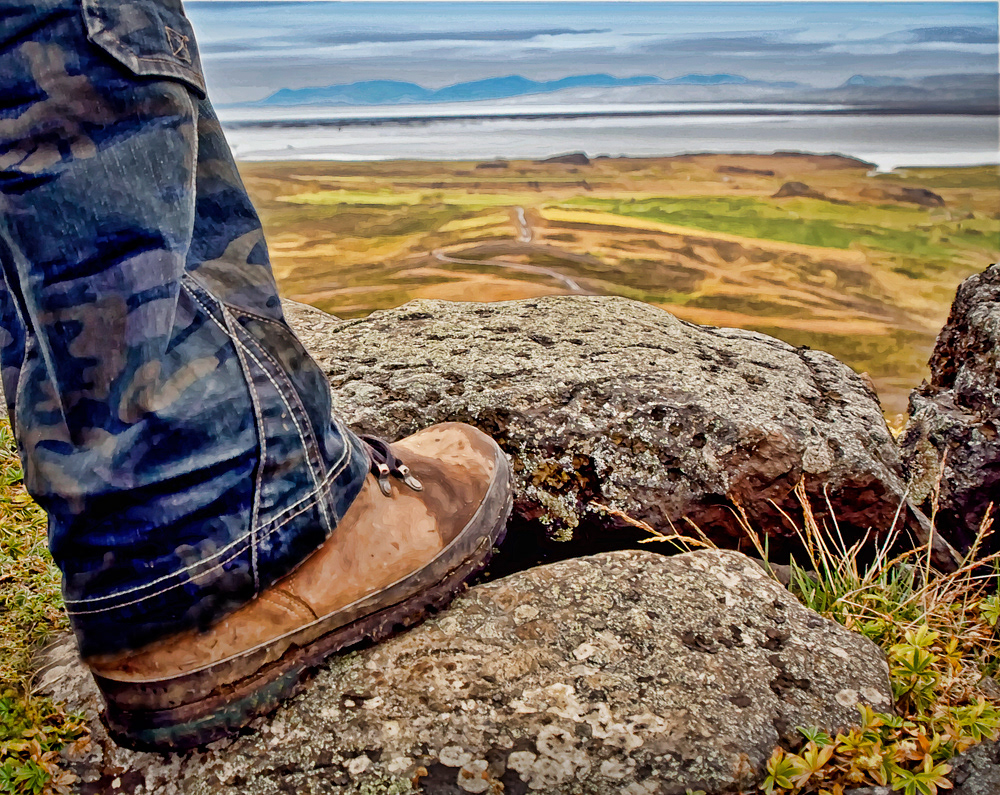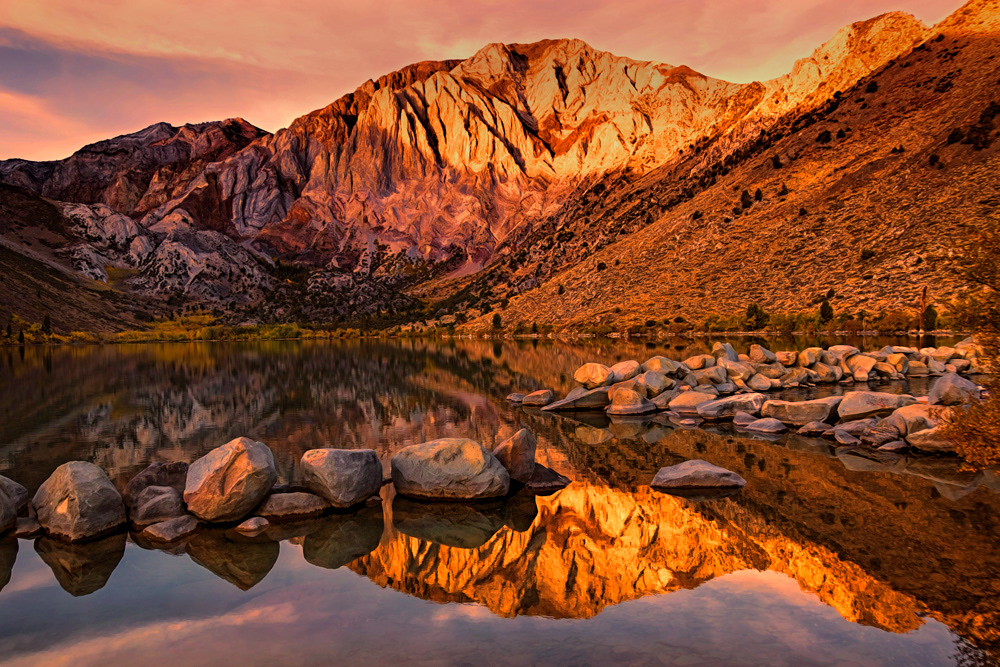



ABOUT CAMERA SETTINGS: 1 Raw versus jpg.
So, you have just opened the box with your newest camera and are raring to go. How do you get the best possible results?
The most important thing to be aware of is that in photography—just like in every other area of life--it is the choices you make that create your masterpieces.
Using modern technology and software, you are pretty safe using going automatic. Chances are you will even get a great photo ever so often.
If that is enough fro you, basically all you will have to do is point and shoot. If, on the other hand, your goal is to consistently shoot great images, you will need to explore all your opportunities.
Light is he most important thing about photography because without light there would be no picture.
In digital photography a text file is created containing all of the details surrounding the exposure once the shutter has been clicked.
When the setting is set to jpg, the file is immediately converted to a jpg photo file using software installed in the camera. In order to minimize the file size, the file is compressed in the process. Information is lost in the process. Every time you save your file after that, it is re-compressed creating an additional loss even if you haven’t changed anything in the photo. Now a days the information loss is far less than it used to be. Non the less, it is important to know.
When the setting is set to raw, the camera saves the text file. Once you have downloaded the file to your computer, you can use your preferred software to without loss adjust your photo file to your desires before saving it to a photo file format. Your original raw file remains untouched and you can process it in as many variations as you please without any degradation.
When you first begin photographing you may be quite content opting for the jpg setting. You have many things to consider and you may feel more confident allowing the camera to make your choices. There is nothing wrong with that. If you immerse yourself in too may things at one time, you are bound to suffer overwhelm.
My recommendation is that you choose the setting that offers both raw and jpg. Put the raw files in a separate folder--perhaps on an external drive--and save them for later when you have changed you shooting to raws.
The raw and jpg setting is also practical when you need to use some of your shots before having a chance to view the raw's in appropriate software.
Some cameras settings offer several choices for jpg. file sizes. Whereas it can be tempting to opt for a smaller file size when only shooting for purposes like facebook and email, I strongly advice agoinst choosing anything less than the biggest size. Imagine your disappoint after having taken the perfect shot if you were not able to print it or other demanding a stronger file. Nowadays almost all internet uploading soft ware will resize large photos for you.



